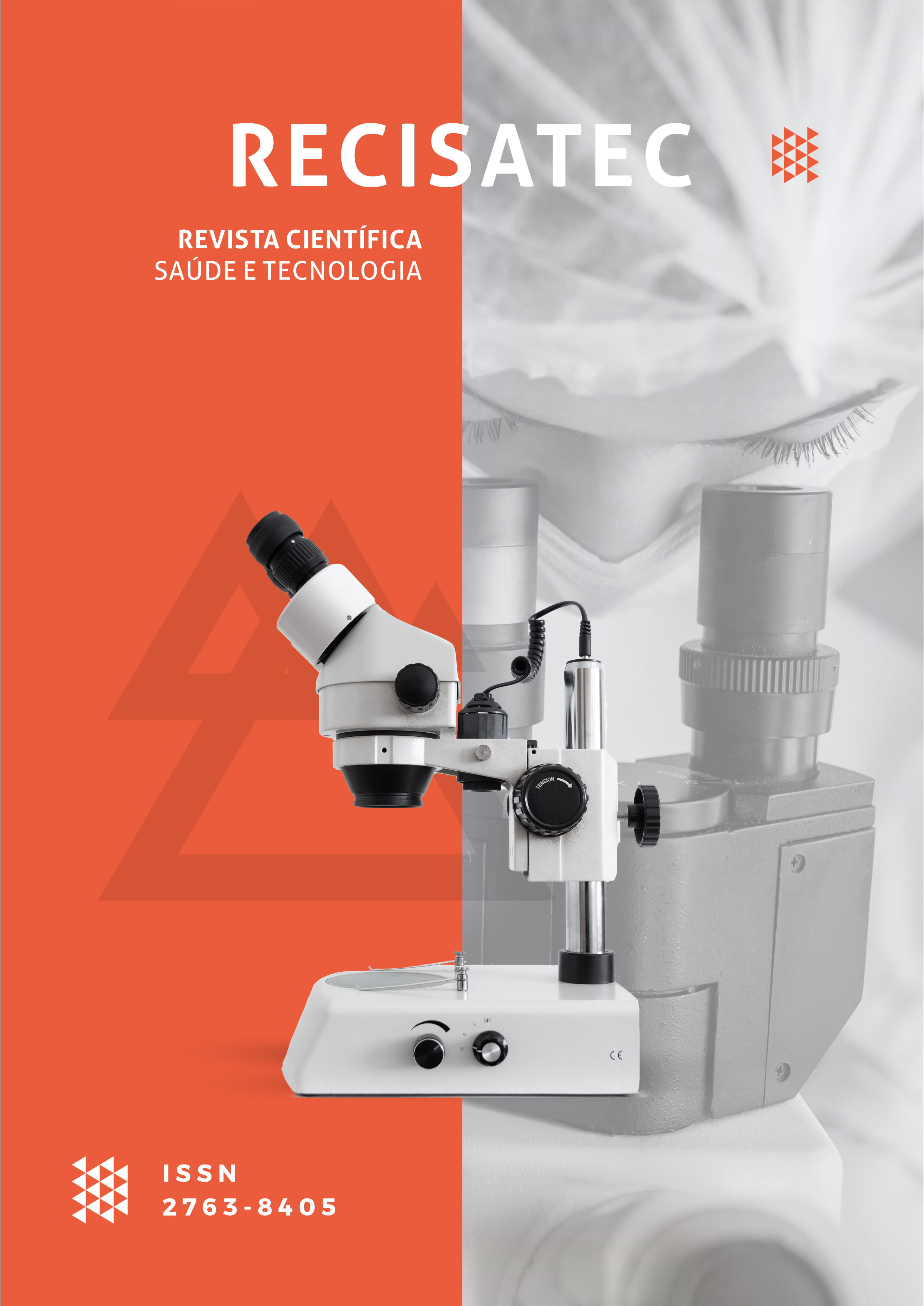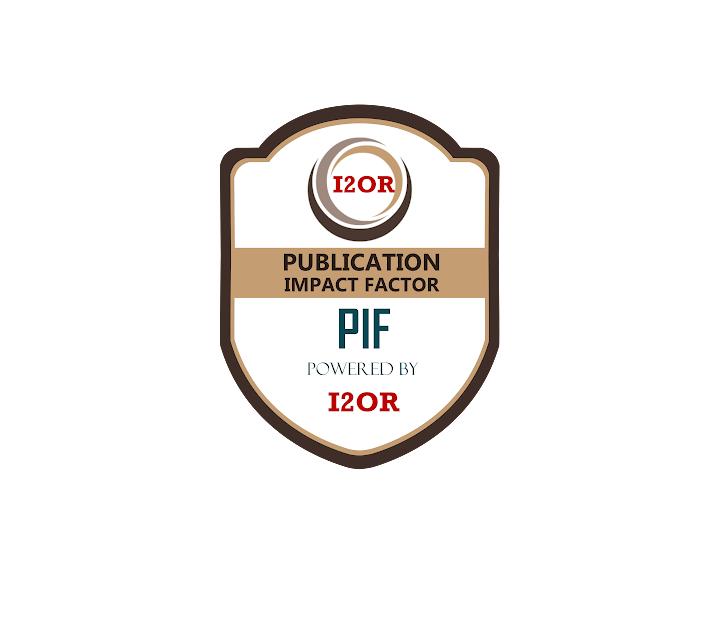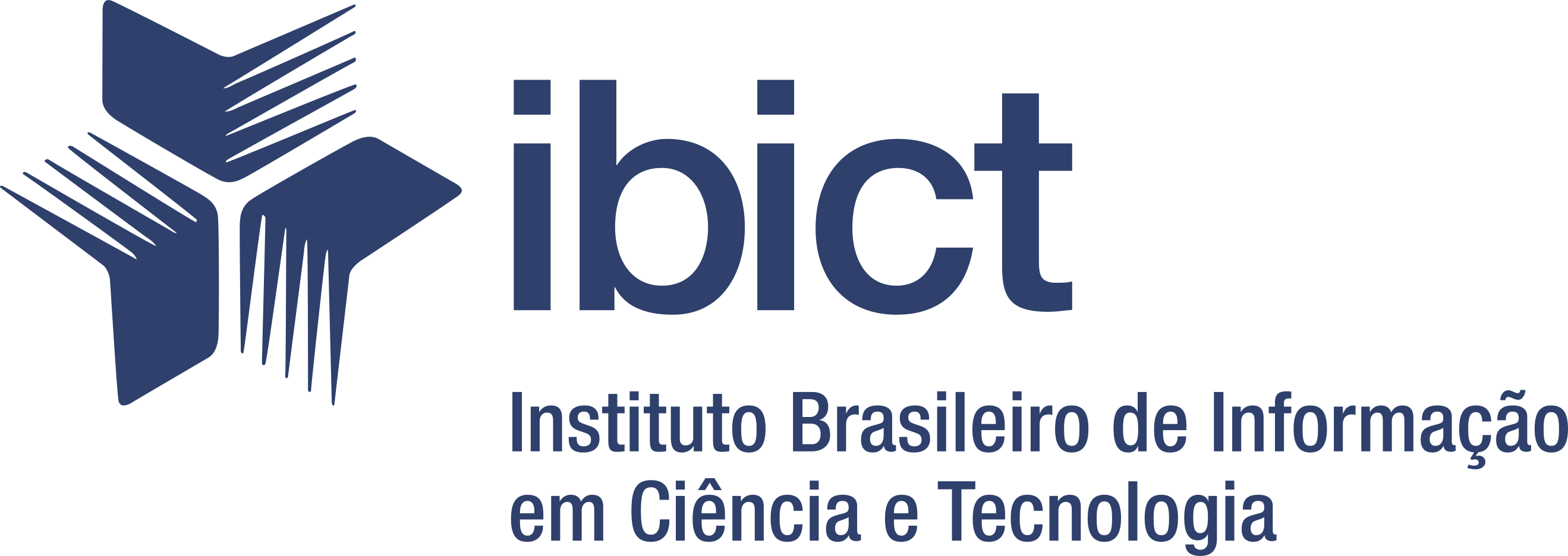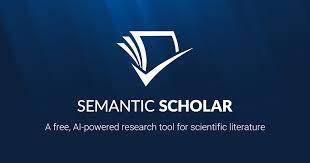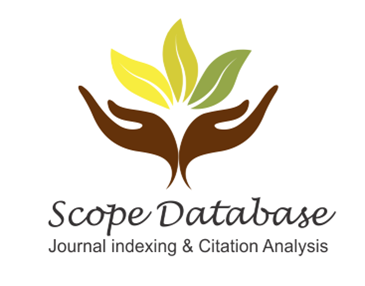DWRI INTELLIGENCE
DOI:
https://doi.org/10.53612/recisatec.v2i12.232Keywords:
DWRI intelligence, Cognitive, Tests, Personality, DevelopmentAbstract
This second version of the study on DWRI-'Developement of wide regions of intellectual interference', in Portuguese 'Broad regions of developed intellectual interference and determined intelligence', aims to prove the concept, with new data, as well as to explain that it is not the intention to overthrow the concept of multiple intelligences (MI), but rather to bring logic, in dual sense, as a precursor to the development of intelligences. The IQ measured by tests quantitatively determines the driving capacity for the development of other intelligences depending on the level of dedication (cultural, educational relationship and determined skills). Traditional IQ tests, more common, have only strands with specific measurements, but that are insufficient in what can be compared with Global Intelligence (GI), or with DWRI intelligence. The potential of intelligence significantly interferes in the formation of personality and has genetics as precursors, heredity. On the other hand, cognitive intelligence only takes place through synapses, brain plasticity, environmental, social factors, among others, and in the intellectuality of certain and broad knowledge, not defining the DWRI intelligence of the person even if doing the common intelligence test.
Downloads
References
Agrela Rodrigues, F. A. (2022). Córtex pré-frontal: A inteligência orquestra a vida e determina o comportamento e personalidade. Ciencia Latina Revista Científica Multidisciplinar, 6(3), 4526-4534. DOI: https://doi.org/10.37811/cl_rcm.v6i3.2578 DOI: https://doi.org/10.37811/cl_rcm.v6i3.2578
Basten, Ulrike; Hilger, Kirsten; Fiebach, Christian J. (2015). Where smart brains are different: A quantitative meta-analysis of functional and structural brain imaging studies on intelligence. Intelligence, v. 51, p. 10-27, 2015. DOI: https://doi.org/10.1016/j.intell.2015.04.009
Brancucci, Alfredo et al. (2011). The sound of consciousness: neural underpinnings of auditory perception. Journal of Neuroscience, v. 31, n. 46, p. 16611-16618, 2011. DOI: https://doi.org/10.1523/JNEUROSCI.3949-11.2011
Colom, Roberto et al. (2022). Human intelligence and brain networks. Dialogues in clinical neuroscience.
De abreu rodrigues, Fabiano; Santo wagner, Roselene Espírito; Barth, Natália. (2022). Inteligência general. Ciencia Latina Revista Científica Multidisciplinar, v. 6, n. 1, p. 4990-4998, 2022. DOI: https://doi.org/10.37811/cl_rcm.v6i1.1854
Deary, Ian J.; Cox, Simon R.; Hill, W. David. (2022). Genetic variation, brain, and intelligence differences. Molecular psychiatry, v. 27, n. 1, p. 335-353, 2022. DOI: https://doi.org/10.1038/s41380-021-01027-y
Friedman, David; Nessler, Doreen; Johnson jr, Ray. (2007) Memory encoding and retrieval in the aging brain. Clinical EEG and neuroscience, v. 38, n. 1, p. 2-7, 2007. DOI: https://doi.org/10.1177/155005940703800105
Ganis, Giorgio; Thompson, William L.; Kosslyn, Stephen M. (2004). Brain areas underlying visual mental imagery and visual perception: an fMRI study. Cognitive Brain Research, v. 20, n. 2, p. 226-24. DOI: https://doi.org/10.1016/j.cogbrainres.2004.02.012
Goriounova, Natalia A.; Mansvelder, Huibert D. (2019). Genes, cells and brain areas of intelligence. Frontiers in human neuroscience, p. 44. DOI: https://doi.org/10.3389/fnhum.2019.00044
Hazin, Izabel, Lautert, Síntria Labres, Falcão, Jorge Tarcísio da Rocha, Garcia, Danielle, Gomes, Ediana, & Borges, Mariana. (2009). Contribuições do WISC-III para a compreensão do perfil cognitivo de crianças com altas habilidades. Avaliação Psicológica, 8(2), 255-265.
Rodrigues, Fabiano de Abreu. (2021). Dwri intelligence and other intelligences. International Journal of Development Research, v. 11, n. 1, p. 43576-43584.
Rodrigues, Fabiano de Abreu Agrela. (2022). Como o teste DWRI pode definir inteligências. Ciencia Latina Revista Científica Multidisciplinar, v. 6, n. 1, p. 3286-3292. DOI: https://doi.org/10.37811/cl_rcm.v6i1.1722
Schore, A. N. (2012). The science of the art of psychotherapy. W. W. Norton & Company.
Spencer, Joanna L. et al. (2008). Uncovering the mechanisms of estrogen effects on hippocampal function. Frontiers in neuroendocrinology, v. 29, n. 2, p. 219-237. DOI: https://doi.org/10.1016/j.yfrne.2007.08.006
Sternberg, R. J. (2012). Intelligence. State of art. Dialogues in clinical Neuroscience, v. 14, n. 1, p. 19-27. DOI: https://doi.org/10.31887/DCNS.2012.14.1/rsternberg
Turken, U. A. Whitfield-Gabrieli S., Bammer R. (2008). Cognitive processing speed and the structure of white matter pathways: Convergent evidence from normal variation and lesion studies. NeuroImage, v. 42, p. 1032-44. DOI: https://doi.org/10.1016/j.neuroimage.2008.03.057
Zamroziewicz, Marta K. et al. (2016). Parahippocampal cortex mediates the relationship between lutein and crystallized intelligence in healthy, older adults. Frontiers in Aging Neuroscience, p. 297. DOI: https://doi.org/10.3389/fnagi.2016.00297
Downloads
Published
How to Cite
Issue
Section
Categories
License
Copyright (c) 2022 RECISATEC - SCIENTIFIC JOURNAL HEALTH AND TECHNOLOGY

This work is licensed under a Creative Commons Attribution 4.0 International License.
Os direitos autorais dos artigos/resenhas/TCCs publicados pertecem à revista RECISATEC, e seguem o padrão Creative Commons (CC BY 4.0), permitindo a cópia ou reprodução, desde que cite a fonte e respeite os direitos dos autores e contenham menção aos mesmos nos créditos. Toda e qualquer obra publicada na revista, seu conteúdo é de responsabilidade dos autores, cabendo a RECISATEC apenas ser o veículo de divulgação, seguindo os padrões nacionais e internacionais de publicação.
